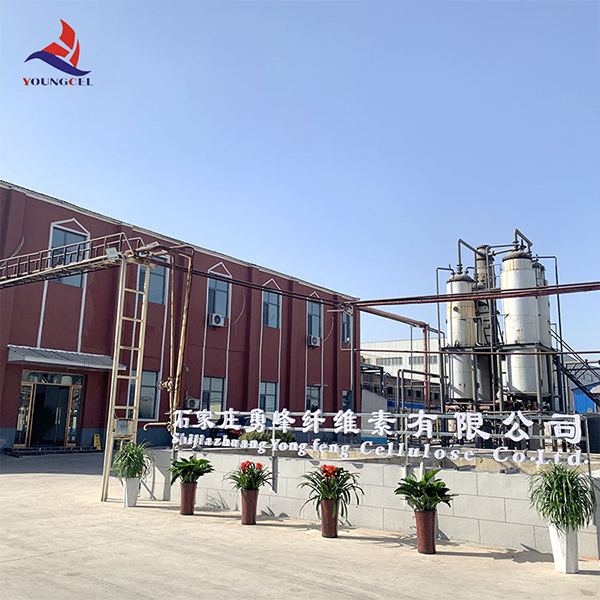The Price Dynamics of Cellulose Ethers An Overview
Cellulose ethers have become a vital component in various industries, including pharmaceuticals, food, cosmetics, and construction, due to their unique properties, such as water retention, consistency, and thickening ability. As the demand for cellulose ethers continues to grow, understanding the price dynamics of these specialty chemicals becomes increasingly important for manufacturers, consumers, and stakeholders.
Factors Influencing Prices
One of the main factors influencing cellulose ether prices is raw material availability. Cellulose ethers are derived from natural cellulose, primarily sourced from wood pulp or cotton. Fluctuations in supply due to changes in environmental policies, deforestation rates, or crop yields can impact the base material costs. For instance, in recent years, stringent environmental regulations have curtailed the logging of forests, leading to a supply crunch for wood pulp, which has in turn raised prices for cellulose ethers.
Another contributing factor is the production process itself. The manufacturing of cellulose ethers involves complex chemical reactions and processing techniques, including etherification and purification. The costs associated with maintaining and operating these facilities can vary significantly depending on geographic location, energy costs, and labor availability. Rising energy prices—whether from oil or electricity—directly increase production costs, leading to higher prices for end consumers.
Market Demand and Application Growth
The demand for cellulose ethers has seen exponential growth due to the expanding applications across different sectors. In the construction industry, for example, cellulose ethers are used as additives in cement and plaster products, improving workability and water retention. The global boom in construction activities, particularly in emerging markets, has significantly boosted cellulose ether consumption.
In the food sector, cellulose ethers function as stabilizers, emulsifiers, and thickening agents. With the increasing focus on health and wellness, as well as the rise in demand for cleaner labels and natural ingredients, food manufacturers are increasingly incorporating cellulose ethers into their products. This surge in demand can strain production capabilities, influencing prices by creating a supply-demand imbalance.
cellulose ether price

Global Economic Trends
Economic factors such as inflation rates, currency fluctuations, and trade policies also play a crucial role in determining cellulose ether prices. The interconnectedness of the global economy means that changes in one region can have ripple effects worldwide. For example, any trade restrictions or tariffs on raw materials used in the production of cellulose ethers can lead to price increases.
Moreover, geopolitical tensions can disrupt supply chains. Events such as the COVID-19 pandemic demonstrated how fragile the supply chain could be, leading to price volatility for many raw materials, including those needed for cellulose ether production.
Future Projections
Looking ahead, the price of cellulose ethers is expected to remain volatile. As industries continue to evolve and adapt to new technologies and sustainable practices, it’s likely that the demand for cellulose ethers will persist. However, manufacturers may need to invest in innovations that improve efficiency and reduce raw material dependency.
Sustainability is increasingly becoming a focal point for consumers and regulatory bodies alike, which could shift production practices toward more eco-friendly methods and sources. Such transitions may initially lead to higher prices but could stabilize in the long run as new production methods mature.
Conclusion
Understanding the price dynamics of cellulose ethers is crucial for stakeholders across various industries. By keeping an eye on factors such as raw material supply, production costs, market demand, and global economic trends, businesses can better navigate the challenges that come with fluctuating prices and make informed decisions for future investments. As the market evolves, those who adapt to changing conditions while focusing on sustainability will likely thrive in the cellulose ether landscape.
-
Premium Detergent Grade HPMC Hydroxypropyl Methylcellulose: Superior Thickening & StabilityNewsAug.31,2025
-
HEC 100000 Hydroxyethylcellulose for Paint | Superior ThickeningNewsAug.30,2025
-
Wall Putty Rdp Powder Packaging DesignNewsAug.29,2025
-
Introduction to Hpmc Hydroxypropyl Methyl CellulosNewsAug.29,2025
-
Hpmc Industri Grade IntegrationNewsAug.29,2025
-
How to Choose the Right Construction AdhesiveNewsAug.29,2025




